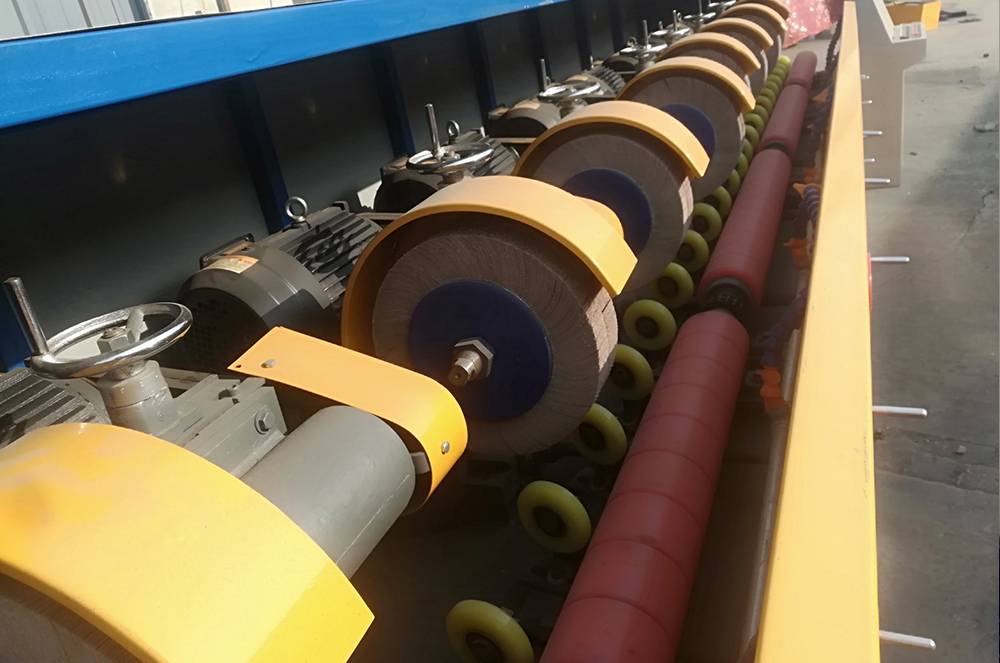When it comes to metal pipe manufacturing, surface finish matters more than many people realize. A well-polished pipe doesn’t just look better—it performs better. Whether the pipes are used in construction, oil and gas, food processing, or chemical industries, a smooth, clean surface directly affects corrosion resistance, weld quality, and overall product lifespan.
That’s where pipe buffing machines come in. These machines have quietly become one of the unsung heroes in metal fabrication shops, ensuring that every pipe leaves the production line with a flawless finish.
Why Surface Finish Matters in Industrial Applications
In industries where pipes are constantly exposed to harsh environments—such as moisture, chemicals, or high temperatures—the tiniest surface imperfection can become a weak point over time. A rough surface traps contaminants, accelerates oxidation, and can even interfere with coating adhesion.
A smooth, mirror-like finish, on the other hand, enhances durability, makes cleaning easier, and improves the pipe’s overall performance. This is especially critical in industries like food processing and pharmaceuticals, where hygiene standards are extremely strict.
How Pipe Buffing Machines Work
Pipe buffing machines use abrasive belts or polishing wheels to remove oxidation, weld marks, and surface irregularities from metal pipes. Depending on the material and the desired finish, operators can choose between dry and wet buffing methods.
-
Dry Buffing is suitable for quick finishing jobs or for harder materials where cooling isn’t required.
-
Wet Buffing uses a coolant to reduce heat, prevent dust buildup, and extend the life of the buffing belt.
The process is fully adjustable — from the pressure applied by the buffing heads to the speed of the rotation — allowing for consistent results across different pipe diameters and surface conditions.
Key Benefits of Using Pipe Buffing Machines
-
Consistent Finish Quality
Manual polishing can be uneven and labor-intensive. A buffing machine ensures that every inch of the pipe is finished to the same standard. -
Improved Efficiency
Automated buffing can handle large volumes of pipes in much less time, cutting labor costs and increasing throughput. -
Reduced Waste and Rework
A stable, controlled buffing process minimizes surface damage and material loss. -
Enhanced Aesthetic Appeal
For decorative stainless steel pipes or visible installations, a high-gloss finish can dramatically improve visual appeal. -
Extended Equipment Life
By removing micro-cracks and stress points, the polished surface becomes more resistant to corrosion and fatigue.
Applications Across Industries
Pipe buffing machines are used in a wide range of sectors, from automotive exhaust systems and boiler manufacturing to sanitary tubing and architectural structures. Stainless steel, carbon steel, aluminum, and even copper pipes benefit from mechanical buffing before entering their final use.
As industries push for higher standards in both performance and aesthetics, the demand for high-efficiency pipe polishing systems continues to grow.
In today’s competitive manufacturing environment, delivering a superior surface finish is not optional—it’s essential. A reliable pipe buffing machine can transform the quality, consistency, and value of your final products.
